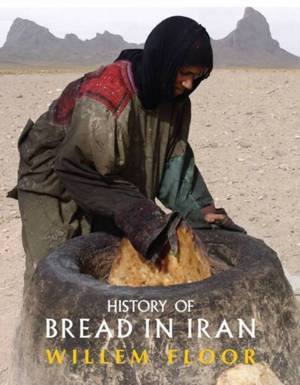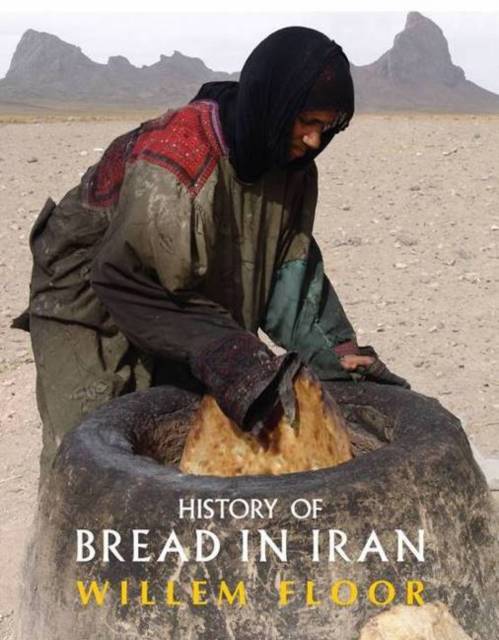
- Afhalen na 1 uur in een winkel met voorraad
- Gratis thuislevering in België vanaf € 30
- Ruim aanbod met 7 miljoen producten
- Afhalen na 1 uur in een winkel met voorraad
- Gratis thuislevering in België vanaf € 30
- Ruim aanbod met 7 miljoen producten
Zoeken
Omschrijving
Given the importance of bread in the Iranian diet, it is surprising that its role in Iranian society has so far been ignored as a subject of study. Since ancient times, bread has been the staple diet of the peoples living in the Iranian plateau. In The History of Bread in Iran, Willem Floor, one of the foremost scholars of Iranian history, describes the beginnings of agriculture and bread-making, and the various grains and other products that were, and are, used to make bread. He then delves into the making of dough in rural and urban areas, followed by an overview of baking techniques, and the many kinds of bread that were-and continue to be-made in Iran. And, because Man does not live by bread alone, we are offered an overview of the spiritual and social aspects of bread in Iranian society. Finally, the author assesses the dietary importance of bread to the people of Iran and ends by addressing the question of how the State dealt with "the bread issue," which often determined the rise and fall of governments.
Specificaties
Betrokkenen
- Auteur(s):
- Uitgeverij:
Inhoud
- Aantal bladzijden:
- 172
- Taal:
- Engels
Eigenschappen
- Productcode (EAN):
- 9781933823775
- Verschijningsdatum:
- 8/09/2015
- Uitvoering:
- Paperback
- Formaat:
- Trade paperback (VS)
- Afmetingen:
- 190 mm x 235 mm
- Gewicht:
- 303 g

Alleen bij Standaard Boekhandel
+ 120 punten op je klantenkaart van Standaard Boekhandel
Beoordelingen
We publiceren alleen reviews die voldoen aan de voorwaarden voor reviews. Bekijk onze voorwaarden voor reviews.











